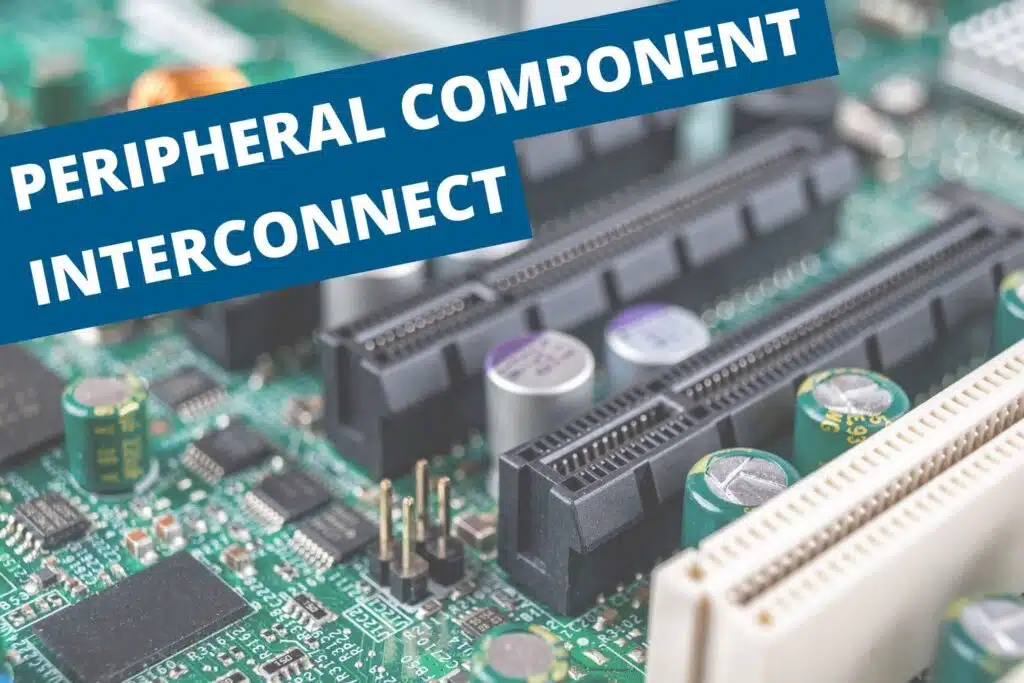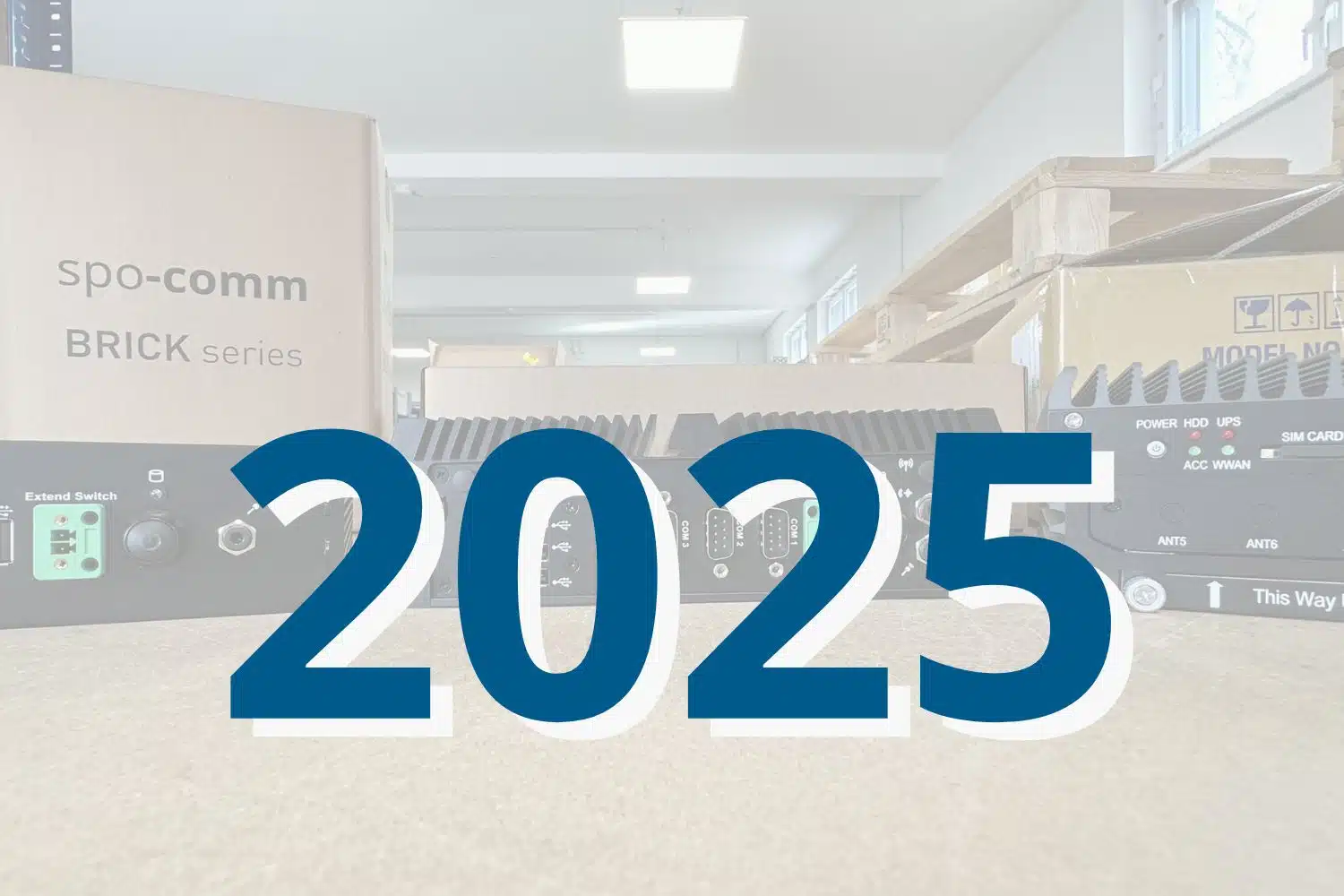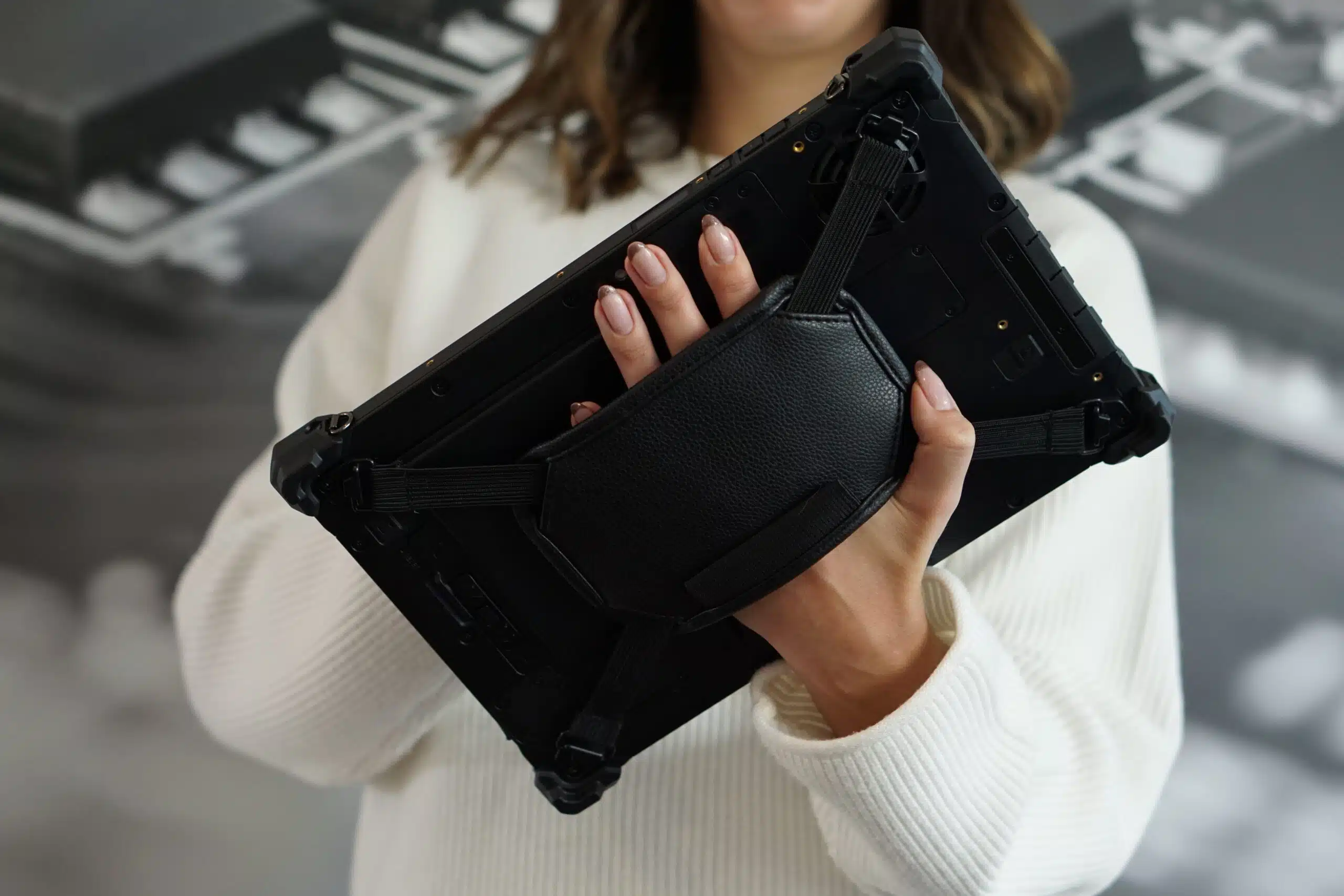24.10.2024

The PCI interface (Peripheral Component Interconnect) was developed in the 1990s as a standard for connecting various expansion cards to a computer system. It enabled efficient communication between hardware components. However, as technological development progressed, the original PCI interface became a bottleneck for modern, high-performance devices.
This is where the Express version comes into play. PCIe (Peripheral Component Interconnect Express) is a further development of the previous technology, which offers much higher data transfer rates and better scalability. While PCI once worked with parallel data buses, PCIe relies on serial data transmission and offers several "lanes" that can be used in parallel. This leads to a drastic improvement in the speed and efficiency of data transmission.
Of course, you will also find one or two PCIe interfaces in our spo-comm product catalog. In addition to this port, our NOVA R680E offers some other interesting features!
The next stage in the evolution of the PCIe interface is imminent with PCIe 6.0. This new version not only brings twice the data transfer rates of PCIe 5.0, but also more efficient error correction methods and even lower latency. For Mini PC users who need maximum performance in the smallest possible space, this is an absolute game changer. The newer version will make it possible to transfer even more data in less time, which is a clear advantage especially in data-intensive applications such as 3D graphics processing, machine learning and high-performance computing.
The PCIe interface is undoubtedly one of the most important technologies for modern Mini PCs. It provides the necessary bandwidth, flexibility and future-proofing to meet the demands of today's hardware. From powerful graphics cards to lightning-fast NVMe SSDs, the right PCIe interface can significantly boost the performance of your Mini PC.

For us, 2025 was a year of change, further development and clear strategic decisions. In the current...

Like every year, December is a turbulent time for us: Christmas party, organizing the last orders, t...

Our industrial tablets are super flexible and robust. Robust explains itself thanks to the protectio...
You need to load content from reCAPTCHA to submit the form. Please note that doing so will share data with third-party providers.
More Information